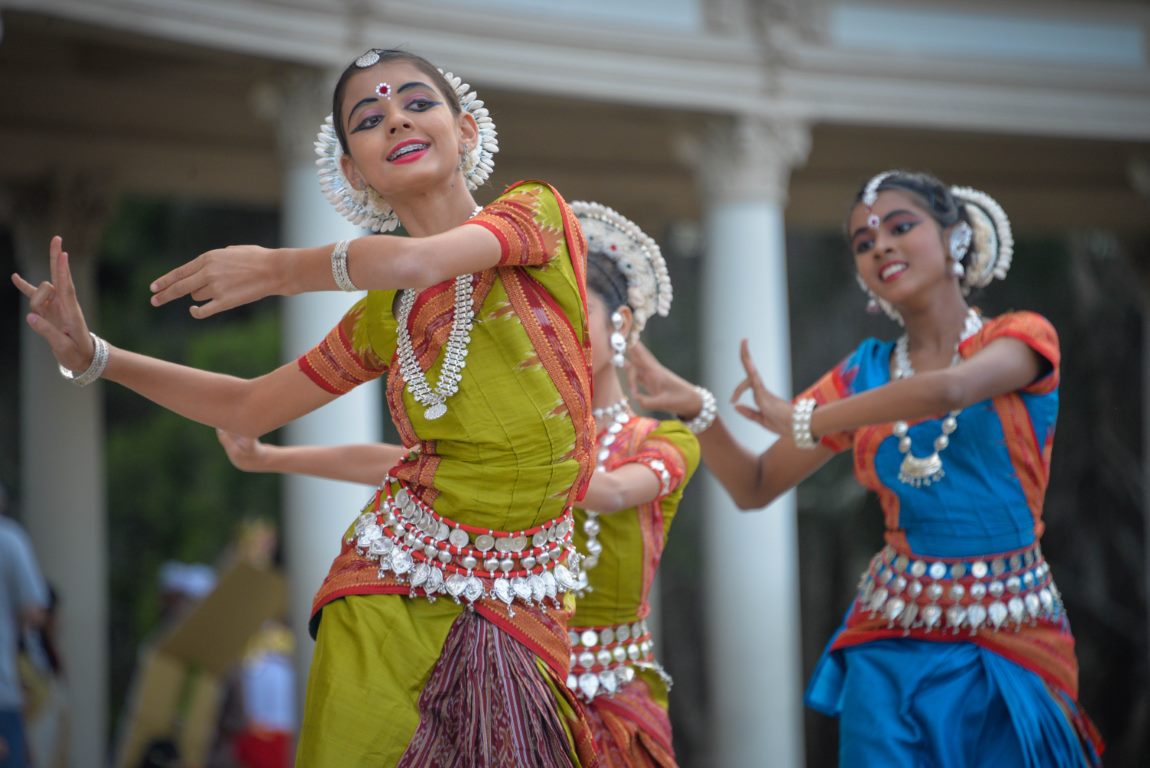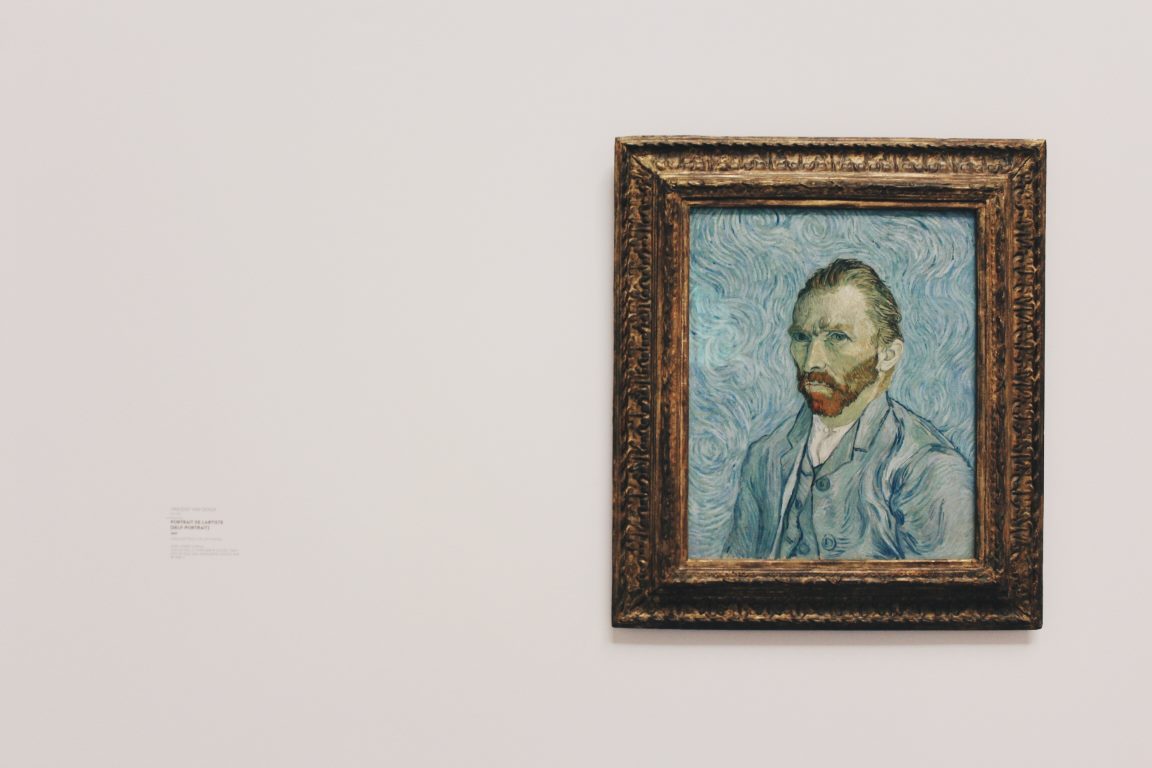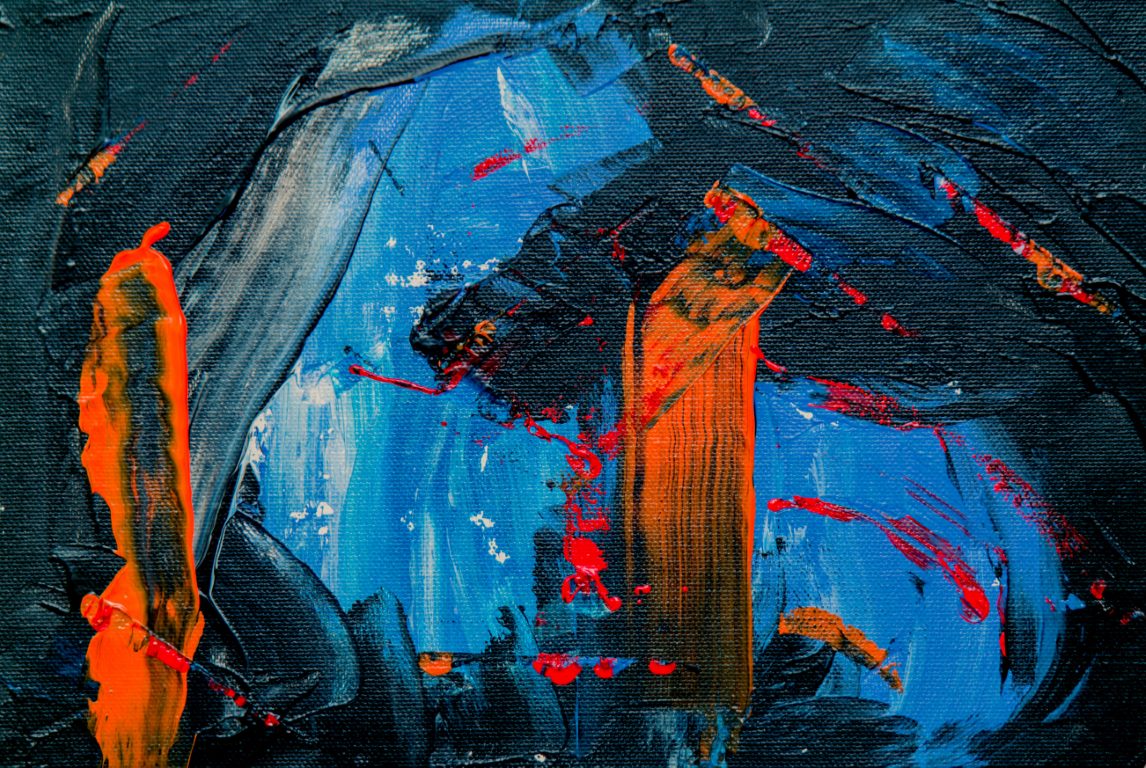How to Plan Your Warsaw Treblinka Half Day Tour With Minibus
If you’re interested in exploring the history of World War II, then you might want to take a half-day tour to the Treblinka Camp Museum while in Warsaw. This tour is designed to take visitors through the history of the Camp Museum, so they can see and learn the journey of this site and the people involved.Experience
This tour is a fantastic experience, and it’s likely that you’ll never forget the insight it provides into one of World War II’s darkest periods. During the tour, you will learn about the events that took place in the region and what they meant for the Poles of the day.Highlights
The Treblinka Camp Museum tour is full of highlights. Here are just a few:- Visit the Treblinka Camp Museum
- Enjoy your time with an educated and professional guide-driver
- Discover the area of the former Treblinka II Extermination Camp
Full description
The guide will pick you up directly from your hotel or apartment at 09.00 am. Please remember to have your breakfast before and take the clothes appropriate to the weather forecasts. The tour company picks up guests from all the Warsaw hotels and apartments accessible by car. The drive to Treblinka takes around 1 hour and 30 minutes. During the drive, you will have a chance to experience the Polish countryside and to ask your guide-driver any questions you may have. The guide-driver is your host, and he is passionate about making you understand Poland, so don’t miss that chance. After arriving at the forest near Treblinka village, you visit a museum and memorial to World War II’s second-deadliest Nazi extermination camp. First, you will visit a museum with a miniature camp model and watch some camp survivors’ moving testimonies. Following the symbolic train tracks, you walk towards the infamous Treblinka II extermination camp remains. You’ll see the monuments for the Roma community, which was killed there, and see several other tragic stories that took place in this place. After this solemn and thought-provoking experience, you will get back on the minibus and return to your hotel or apartment in Warsaw. You should expect to arrive back in the city by lunchtime.Booking the Tour
Booking the tour couldn’t be easier. Simply click book the tour here to go straight to the booking page. Here you can choose your tour date, the number of people in your group, and any extras you want to add to make the tour extra special.Book Your Tour Now
If you’re looking for a thought-provoking tour that’ll help you understand more about the events of World War II, then the Treblinka Camp Museum tour in Warsaw is a perfect choice. With a knowledgeable and passionate guide-driver taking you through the history and stories of the area, you’ll be able to get up close and personal with one of history’s darkest periods.
Warsaw FAQ
1. What is Warsaw?
Warsaw is both the capital and the largest city of Poland. Warsaw is located in central-eastern Poland and has a population of about 1.8 million people. It is a bustling and diverse city with a rich history.
2. What is the weather like in Warsaw?
The climate in Warsaw is a humid continental climate, which means cold winters and warm summers. The average temperature in January is -2°C (28°F) and in July the average temperature is 19°C (66°F). Rain can fall throughout the year but is most common during the summer months.
3. What are some of the best things to do in Warsaw?
Warsaw has plenty of interesting things to do and see, such as:
- Visit the Old Town and Castle Square
- Explore the Palace of Culture and Science
- Take a stroll through Lazienki Park
- Visit the National Museum
- Check out the Warsaw Uprising Museum
4. What is the local currency in Warsaw?
The local currency in Warsaw is the Polish złoty (PLN). It is recommended to have some cash on hand when traveling in Warsaw, as not all businesses accept credit cards.
5. What is the best time to visit Warsaw?
The best time to visit Warsaw is during the summer months of June, July, and August, when the weather is warm and there are plenty of outdoor activities and events to enjoy. However, keep in mind that this is also peak tourist season and prices may be higher. If you prefer less crowded and more affordable travel, consider visiting in the spring (March to May) or fall (September to November).
6. What are some traditional dishes to try in Warsaw?
Polish cuisine is renowned for its hearty and homestyle dishes. Some traditional dishes to try in Warsaw include:
- Pierogi (dumplings)
- Bigos (a stew made with sauerkraut and meat)
- Zapiekanka (a type of open-faced sandwich)
- Kotlet schabowy (breaded pork cutlet)
- Golabki (stuffed cabbage rolls)
7. How is public transportation in Warsaw?
Public transportation in Warsaw is well-developed and efficient. The city has a comprehensive system of buses, trams, and metro lines. Tickets can be purchased at most kiosks and online, and must be validated before boarding. It is also recommended to download a transportation app to help navigate the system and avoid confusion.
8. What are some popular events and festivals in Warsaw?
Warsaw hosts many events and festivals throughout the year, such as:
- Warsaw Marathon (April)
- Jewish Culture Festival (June)
- Warsaw Summer Jazz Days (July)
- Warsaw Film Festival (October)
- Christmas Market at the Old Town Square (December)
9. What are some popular neighborhoods in Warsaw?
Warsaw is a sprawling city with many diverse neighborhoods, each with its own unique character. Some popular neighborhoods in Warsaw include:
- Old Town
- Śródmieście
- Praga
- Mokotów
- Ursynów
10. Is Warsaw safe for tourists?
Warsaw is generally a safe city for tourists, with low levels of violent crime. However, like any big city, there is a risk of petty theft and pickpocketing, especially in crowded areas like public transportation and tourist hotspots. It is recommended to keep a close eye on your belongings and avoid carrying large amounts of cash or valuable items on you.
11. What is the nightlife like in Warsaw?
Warsaw has a vibrant nightlife scene, with plenty of bars, clubs, and restaurants to choose from. Some popular nightlife areas in Warsaw include:
- Nowy Świat Street
- Plac Zbawiciela Square
- Grzybowski Square
- Praga District
- Wilanów District
12. How does tipping work in Warsaw?
Tipping in Warsaw is customary, but not obligatory. A standard tip of 10% is usually added to restaurant bills, but it is also common to leave an additional amount for exceptional service. For taxi rides, it is usual to round up the fare to the nearest whole number.
13. What are some popular day trips from Warsaw?
There are many interesting and picturesque destinations within easy reach of Warsaw, such as:
- Kraków
- Gdańsk
- Łódź
- Mazovia Region
- Biebrza National Park
14. What languages are spoken in Warsaw?
The official language of Warsaw is Polish, but English is widely spoken and understood among the younger generation and in tourist areas. Other languages, such as German and Russian, may also be spoken to a lesser extent.
15. What is the best way to get around Warsaw?
The best way to get around Warsaw is by public transportation, which is both affordable and efficient. Buses, trams, and metro lines cover most of the city and can be easily navigated with a transportation app. Taxis are also available but can be more expensive.
16. What are some popular museums and art galleries in Warsaw?
Warsaw has a rich cultural heritage and is home to many museums and art galleries, such as:
- National Museum
- Warsaw Uprising Museum
- POLIN Museum of the History of Polish Jews
- Wilanów Palace Museum
- Museum of Modern Art
17. What is the local time in Warsaw?
The local time in Warsaw follows Central European Time (CET), which is UTC+01:00.
18. What is the best way to get to Warsaw?
Warsaw is served by two airports: Warsaw Chopin Airport (WAW) and Warsaw Modlin Airport (WMI). Both airports offer a variety of international and domestic flights. Additionally, Warsaw can be easily accessed by train or car from other locations within Poland and neighboring countries.
19. What are the best shopping areas in Warsaw?
Warsaw has a wide variety of shopping areas, including modern malls and traditional markets. Some popular shopping destinations in Warsaw include:
- Złote Tarasy
- Arkadia Shopping Center
- Galaxy Shopping Center
- Old Town Market Place
- Hala Mirowska
20. What is the history of Warsaw?
Warsaw has a rich and complex history. The city was founded in the 13th century and enjoyed a period of prosperity during the Renaissance. However, Warsaw was devastated during World War II and later rebuilt by the communist government. Since the fall of communism in 1989, Warsaw has experienced a period of rapid modernization and economic growth, while still preserving its cultural heritage.
Book Your Tour Now
Warsaw is a vibrant and exciting city that has something to offer for everyone. With its rich history, diverse neighborhoods, and delicious cuisine, there is no shortage of things to see and do. Whether you are interested in museums and art galleries, nightlife and entertainment, or simply soaking up the local atmosphere, Warsaw is sure to leave a lasting impression.

How to Spend Your Time as a Tourist in Warsaw
Warsaw, the capital city of Poland, is a vibrant and bustling metropolitan area with a rich history and cultural heritage. Whether you are visiting for the first time or revisiting the city, there are many things to do and see in Warsaw. In this guide, we will provide a detailed step-by-step guide on how to make the most of your time as a tourist in Warsaw.1. Discover the Old Town
The Old Town of Warsaw is a UNESCO World Heritage site and a must-visit for any tourist. Start your tour of the Old Town at the Castle Square, which is the heart of the Old Town. Here you can admire the beautiful architecture of the Royal Castle and the colorful facades of the historic buildings. Stroll through the narrow cobbled streets and alleyways and marvel at the stunning Renaissance and Baroque-style buildings.2. Visit the Royal Castle
The Royal Castle is one of the most iconic landmarks in Warsaw and a must-visit for any tourist. Located in the heart of the Old Town, the castle was the residence of the Polish monarchs and a symbol of the country’s power and prestige. Today, the castle is a museum that houses a rich collection of art, antiques, and historical artifacts.3. Explore the Museums
Warsaw is home to many world-class museums that offer a glimpse into the city’s rich history and cultural heritage. One of the most popular museums is the Warsaw Uprising Museum, which tells the story of the Polish resistance during World War II. Another must-visit museum is the POLIN Museum of the History of Polish Jews, which chronicles the 1000-year history of the Jewish community in Poland.4. Take a Walk in Łazienki Park
Łazienki Park is the largest park in Warsaw and a popular destination for tourists and locals alike. The park features a stunning palace, charming gardens, and scenic waterways. Take a peaceful stroll through the park, and you might be lucky to spot some of the resident peacocks and red squirrels.5. Delve into the Culinary Scene
Warsaw has a thriving culinary scene that is a fusion of traditional Polish cuisine and modern gastronomy. Try some of the local delights such as pierogi, kiełbasa, and oscypek. The city has a wide range of restaurants and cafes that cater to every budget and taste. Don’t forget to pair your meal with a glass of ice-cold Polish beer.6. Shop at the Local Markets
Warsaw is known for its vibrant street markets that offer a unique shopping experience. The most popular market is the Hala Mirowska, where you can find everything from fresh produce to handmade crafts. Other great markets include the Bazar na Kole, which is known for its vintage items, and the BioBazar, which offers organic produce and products.7. Attend a Concert or Performance
Warsaw has a thriving music and arts scene, with many concerts, performances, and festivals taking place throughout the year. The Warsaw Philharmonic is one of the most famous music venues in the city and hosts a variety of classical music concerts. Another great venue is the National Opera House, which showcases opera and ballet performances.8. Take a Day Trip to the Surrounding Towns and Cities
Finally, if you have more time in Warsaw, take a day trip to one of the surrounding towns and cities. Żelazowa Wola, the birthplace of Frédéric Chopin, is just a short drive from Warsaw and is a must-visit for any classical music lover. Another great destination is Kazimierz Dolny, a picturesque town known for its charming architecture and stunning river views.Book Your Tour Now
Warsaw is a vibrant and lively city that offers something for everyone. From the rich history of the Old Town to the bustling culinary scene, there is always something to see and do in Warsaw. Follow this guide to make the most of your time as a tourist in Warsaw.Table of Contents

